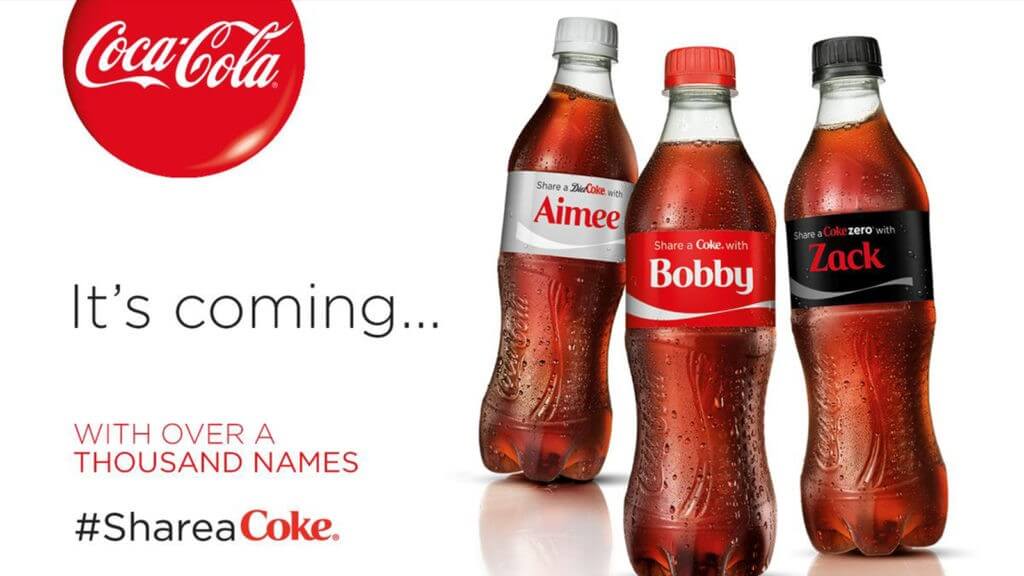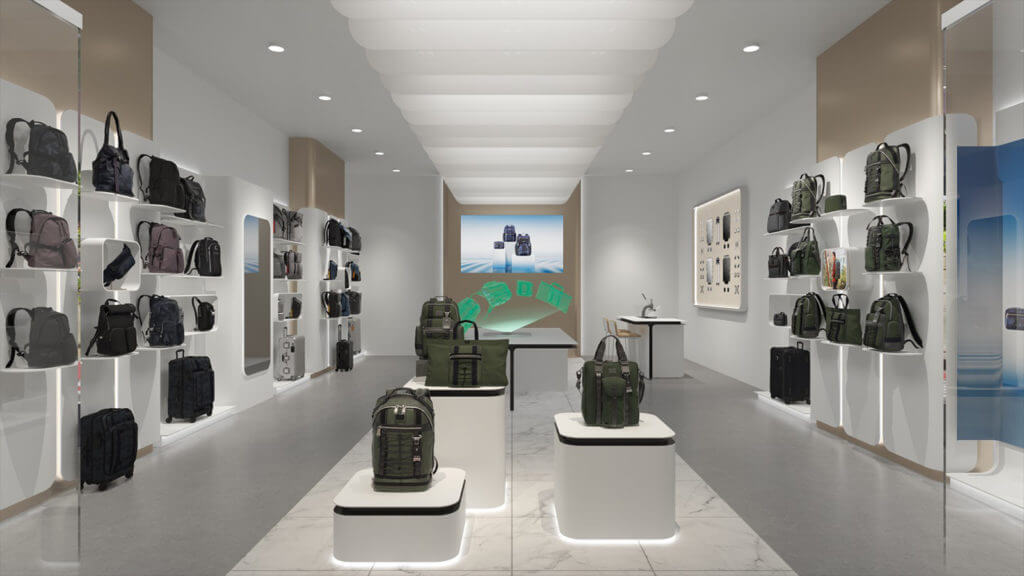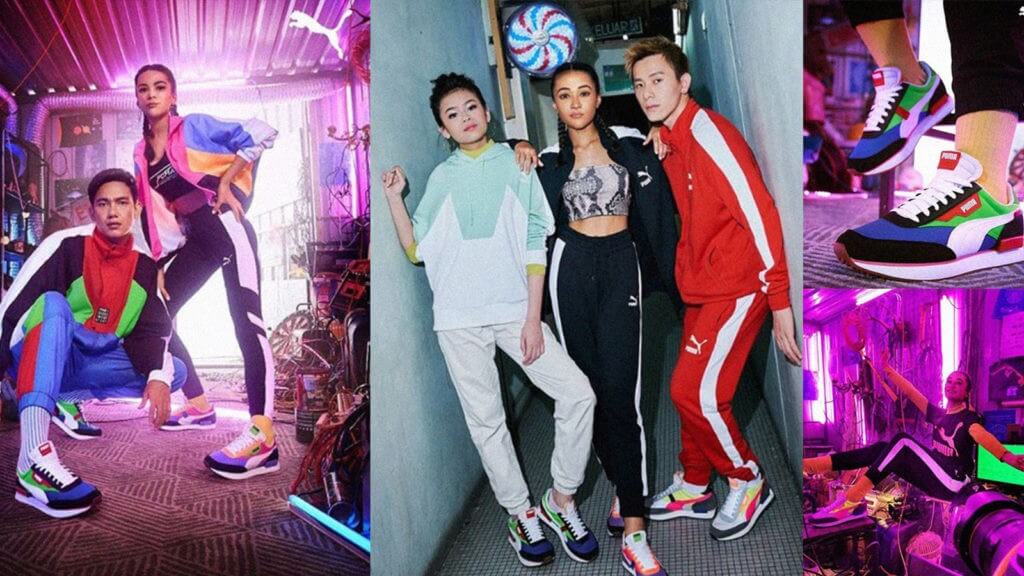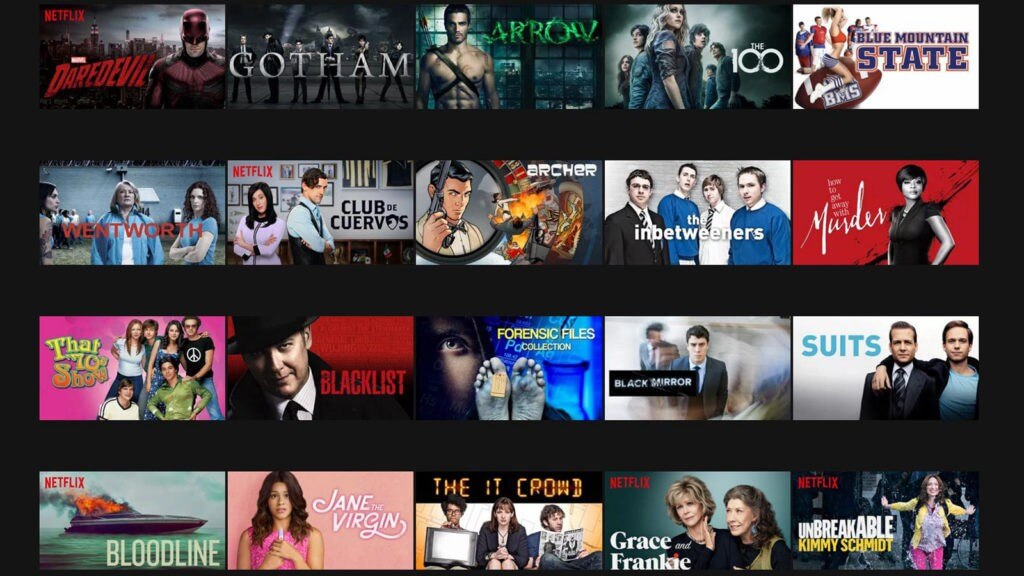‘The customer is king’ has become every brand’s mantra for success in recent years. Although the COVID-19 pandemic has changed consumer behavior, the emphasis on experience has intensified. Every digital consumer now looks for brands that provide premium experiences with their products and services. According to Forbes, 73% of consumers revealed that a good experience is key in influencing their brand loyalties.
The Digital Consumer in 2021
According to Annette Franz, customer experience is the sum of all the interactions a customer has with a brand. Due to the recent health crisis, most of these interactions underwent a digital transformation. Brands brought in virtual models, digital fashion, virtual and augmented reality to appease the modern digital consumer.
As Virtual Spaces gain momentum, the digital consumer experience is set to become a key brand differentiator in 2021. Brands, thus, have to keep abreast of the customer experience trends to maintain their stand in the digital market.
Customer Experience Trends for 2021
Conversational Commerce Bloom
Conversational commerce is a form of e-commerce where a digital consumer communicates with the brand’s live representatives and chatbots. About 75% get in touch with the firms at some point to make a purchase. These interactions significantly drive the buyer’s journey if brands put forward the best and bespoke offers to their prospective buyers.
Personalization & Digital Consumer
A digital consumer no more looks for limited editions or generalized services. According to the Accenture survey, 91% of the customers shop with brands that focus on personalization. They look for goods and services that reflect their own tastes, preferences, and values. Brands that tailor-make products and offers for their target audience will thrive in the competitive economy.

Coca-Cola #ShareaCoke campaign for personalized drinks
Emotions Under Focus
In the digital world, emotions are replacing profits and other key factors in business models. Brands that base their products on emotions elicit a positive response from the customers. Due to sensory overload, the audience quickly recalls those brands that have made an emotional connection with them. Hence, brands are gearing towards advertisements and promotions with emotion as the central theme.
Augmented and Virtual Reality
AR and VR technologies have gained immense popularity during the last year. One such example is the virtual try-on in the fashion industry. Brands included these innovative and immersive experiences in their marketing strategies to attract and hold customer’s attention. This works so well that buyers now prefer brands that provide real-life like augmented and virtual reality experiences.

Tumi Virtual Store engages visitors with digital interactive activities
Multichannel Communication
Brands these days have the privilege to communicate through multiple touch-points with their customers. These channels include websites, social media, live chats, and emails. Digital consumers demand instant communication on their preferred platform and time. Therefore, firms have to provide a fast and consistent experience across these channels for buyers to land back on these platforms.
3D is Everything
Enticing 3D visuals and animations are no longer limited to movies and music videos. Brands now include realistic content like 3D animations and 3D rendered images into their promotional strategies. This digital asset provides mesmerizing experiences to the customers and also helps them better understand the products and services.
Influencer Era
The global lockdown also boosted the impact of influencers on customer experience. Both real-life and virtual influencers fill the human-to-human gap that widened this past year. These influencers interact with the engagement-craving consumers while broadening the brand’s reach on digital media. The enjoyable chats, informative sessions, and live streams present the humanized interaction that buyers crave these days.

Puma’s new virtual influencers
Rise of Small Screen Time
According to the Gartner research, 89% of the marketers fail if they don’t provide a mobile experience. Digital consumers equate mobile shopping with a convenient experience. The ease of scrolling the popular brands on small screens in their own spaces makes mobile marketing click. Also, self-service options like FAQ and online guides make customer’s experiences seamless and worthy.
Artificial Intelligence
Not long ago, artificial intelligence made its way into digital marketing. Brands started using AI, predictive analytics, and big data to understand their customers better and anticipate their needs in advance. This way, companies could provide customized, relevant, and exceptional customer experiences. According to Capgemini’s report on AI, 49% of the customers found AI interactions to be trustworthy.

Netflix uses AI to suggest new shows and movies for users to watch
Rich Digital Customer Experience- A Tipping Point for Brands
The digitalization of the world has changed the winds of customer experience trends in 2021. Customization, human connection, values, immersive experiences, and innovative forms of communication have become the main elements of customer experience this year. In other words, customer experience in 2021 is at a tipping point for every brand — making or breaking brands.

